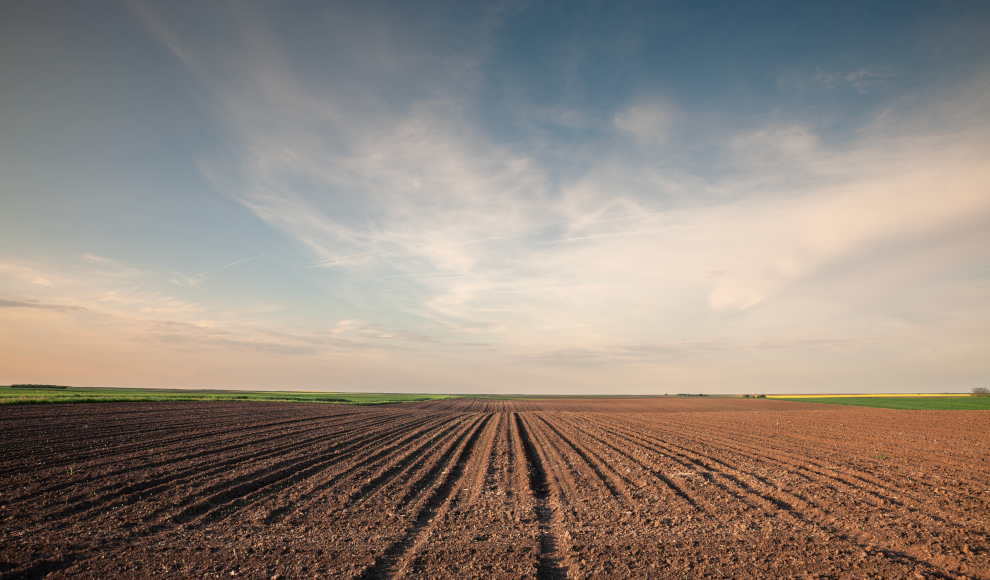The Earth’s atmosphere currently has the highest concentration of CO? in a million years, according to data from the American Meteorological Society. However, natural rock weathering can remove CO? from the atmosphere, and crushed rock spread on agricultural land can accelerate this process. Studies have shown that improved rock weathering could remove up to 215 billion tons of CO? from the atmosphere in the next 75 years if the fine dust is distributed on global agricultural land. Researchers at the University of California, Davis, have conducted experiments during extreme drought periods in California to determine if this “improved” rock weathering works in dry climates. They found that crushed rock on a fallow cornfield in the Sacramento Valley absorbed 0.15 tons of CO? per hectare more than areas without crushed rock.
The researchers noted that these reactions require water, and they were interested in understanding if the improved weathering could work in drier climates and if different measurement approaches were effective. They found evidence of weathering processes on short timescales and believe that even sporadic heavy rainfall could drive improved rock weathering and remove CO? from the atmosphere. This is crucial as 41% of the Earth’s land area is already dry, and the expansion of these areas due to climate change makes research on rock weathering even more important.
The study shows a new way to verify the removal of CO? through improved weathering, which is a significant step forward for scaling this technology on agricultural land worldwide. If this method is applied to all Californian agricultural land, it would be equivalent to removing 350,000 cars from the road each year. While this natural process cannot fully offset the effects of climate change, it can be a valuable tool in reducing the amount of CO? in the atmosphere.










